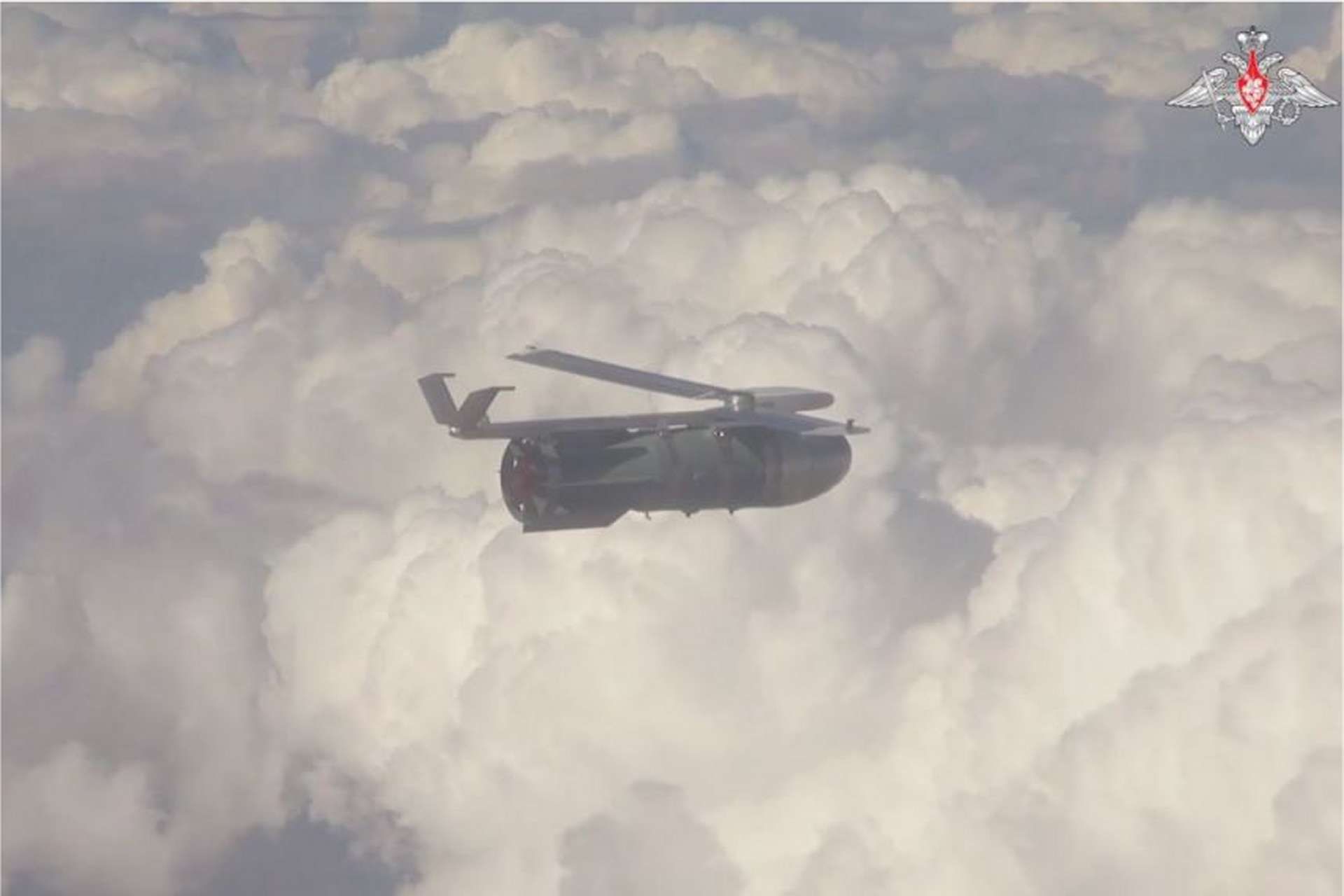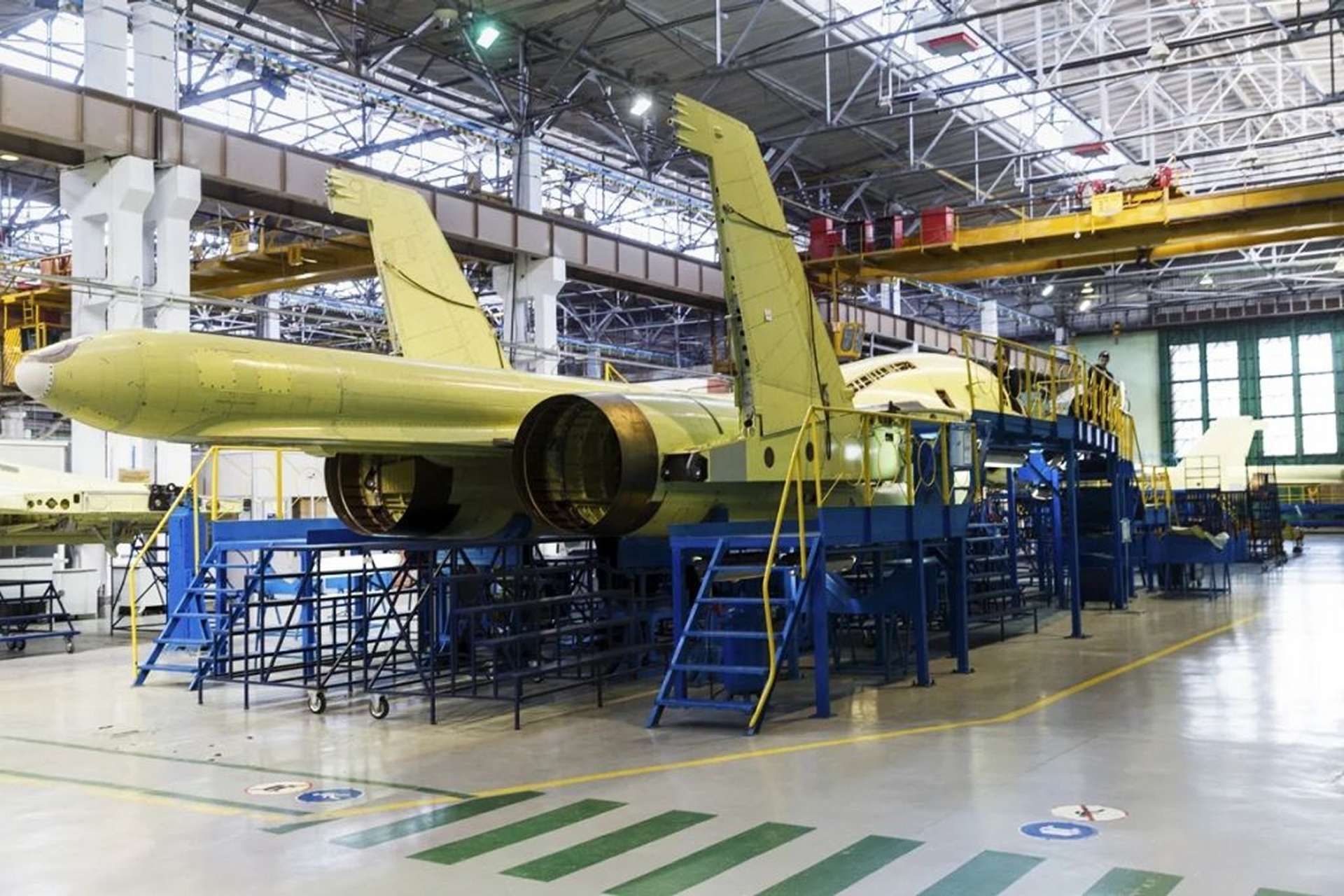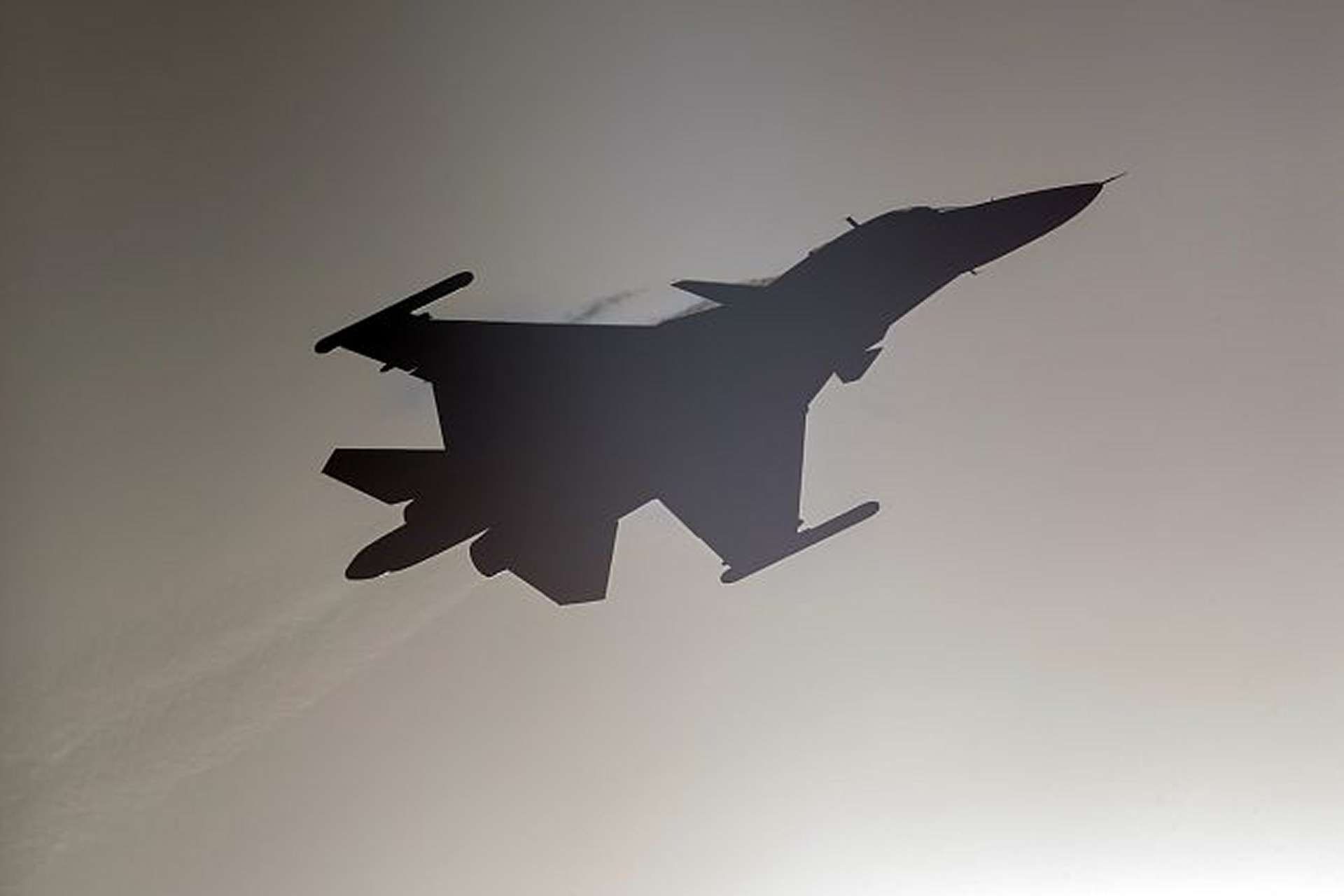Breaking News
Analysis: Evolution of Russian Su-34 Bomber During Ukraine Conflict.
The Su-34 frontline bomber, known for its speed exceeding one and a half times the speed of sound and its 8.5-ton payload capacity, remains a symbol of Russian military aviation. This aircraft is capable of carrying a wide range of weaponry. Recently, the Su-34 has gained renewed attention for its role in the conflict in Ukraine, where it has gradually transformed, notably through the integration of guided bomb modules.

The Russian Su-34 frontline bomber. (Picture source: Russian MoD)
The Ukraine conflict has brought changes to the Su-34, enhancing its ability to carry out precision strikes. This aircraft, often nicknamed "duckling" due to the distinctive shape of its cockpit, has earned a reputation within the Russian military as the "combat drake." NATO has officially designated it as Fullback.
A Precision Weapon for the Su-34
What makes the Su-34 particularly formidable in Ukraine is its adaptation to use of universal planning and correction modules (UMPK). These modules, once attached to conventional bombs, enable precision strikes. The Su-34's ability to carry large bombs, such as the three-ton FAB-3000, has significantly increased its destructive potential. With the UMPK, these bombs glide toward their targets with remarkable accuracy, reducing the need for multiple sorties and minimizing risks for the aircraft.
The unique design of the Su-34 also distinguishes it from other aircraft in the Sukhoi family. Its cockpit, a titanium-armored capsule, allows the pilot and navigator to sit side by side, improving communication during missions. Its ability to reach 15,000 meters with over two tons of cargo further demonstrates its status as a "heavyweight" in the skies.
The Su-34’s flight endurance is another notable feature. In a documented case, with the help of in-flight refueling, the aircraft remained airborne for 10 hours, demonstrating its operational flexibility for long-distance missions.

The Su-34 can carry large bombs, such as the three-ton FAB-3000. (Picture source: Russian MoD)
Advanced Systems and Survivability
Unlike newer aircraft that rely entirely on electronic systems, the Su-34 combines mechanical controls with electric drives, making it particularly resilient in combat situations. This redundancy has proven advantageous during military operations, as the aircraft remains controllable even after sustaining damage.
The Su-34 is equipped with a wide range of weapon systems, capable of deploying 16 types of guided munitions and 19 unguided weapons. This flexibility allows the aircraft to strike multiple ground or maritime targets simultaneously, enhancing its battlefield effectiveness.
The Role of UMPK and Its Impact
The UMPK has revolutionized bombing precision for the Su-34, making conventional bombs far more effective. The module allows bombs to glide toward their targets, enabling the aircraft to stay at a safer distance from enemy air defenses. While the exact figures for the increased bomb range are not disclosed, experts confirm that the distance has extended from several kilometers to several dozen kilometers, fundamentally changing the nature of aerial bombardment.
The integration of UMPK modules has streamlined operations at airfields, where engineering teams assemble between 50 and 100 units per day. These modules have now become an integral part of the Su-34’s arsenal, with pilots reporting an almost perfect success rate in hitting targets during sorties.

The demands of the conflict in Ukraine have led to increased production of the Su-34. (Picture source: Russian MoD)
Production and Modernization
The demands of the conflict in Ukraine have led to increased production of the Su-34 at the Chkalov Aircraft Plant in Novosibirsk. The workforce has been expanded, and production processes have been optimized to meet the growing need for these bombers. Notably, the plant produces the canopies, ensuring high standards of optical clarity and durability. These canopies, with their characteristic golden hue, include a specialized coating that protects pilots from radiation, further enhancing the aircraft's defensive systems.
The Su-34 is also equipped with advanced radar systems and electronic warfare systems, including the Khibiny complex. These systems detect threats and deploy countermeasures, providing the aircraft with additional layers of protection against enemy missiles.
Engine Production and Technological Upgrades
The Ufa Engine-Building Production Association is responsible for manufacturing the engines of the Su-34, which are essential to the bomber's performance. To keep pace with increased demand, the plant underwent a large-scale reconstruction, introducing modern equipment and doubling its production capacity. New technologies, such as a Russian laser scanner, have been implemented to streamline engine assembly and improve production efficiency.
Continuous Improvements
Despite the ongoing conflict, the Su-34 continues to evolve. The aircraft has undergone several modifications to enhance its combat capabilities, including improvements to its onboard systems. These updates have allowed the bomber to integrate new weapons without requiring major structural changes. Additionally, all Su-34s returning from the front undergo modernization, including the installation of radar reconnaissance containers and new communication systems, allowing real-time information exchange during missions.
Each Su-34, whether newly built or repaired, undergoes rigorous testing before deployment. Test pilots conduct multiple flights to verify the functionality of all systems, followed by additional flights performed by military pilots. These thorough tests ensure that the aircraft remains reliable and capable of returning the crew to base, even after sustaining significant damage.
Conclusion
The Su-34, with its blend of traditional design and technology, remains a formidable asset in the arsenal of Russian military aviation. Its performance in Ukraine, particularly with the integration of UMPK modules, has solidified its status as a highly effective frontline bomber. As production continues to ramp up, the Su-34 will likely remain a key component of Russian air power for years to come.

The Su-34 has gained renewed attention for its role in the conflict in Ukraine. (Picture source: United Aircraft Corporation)


























